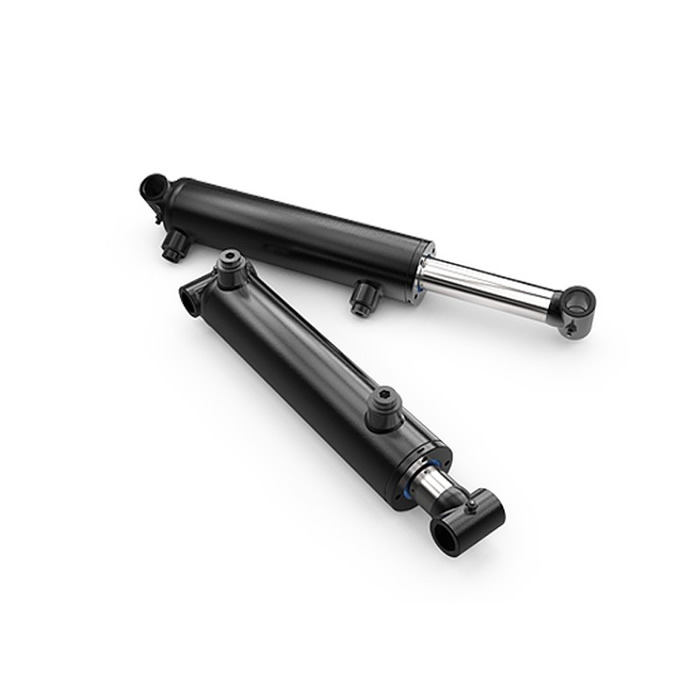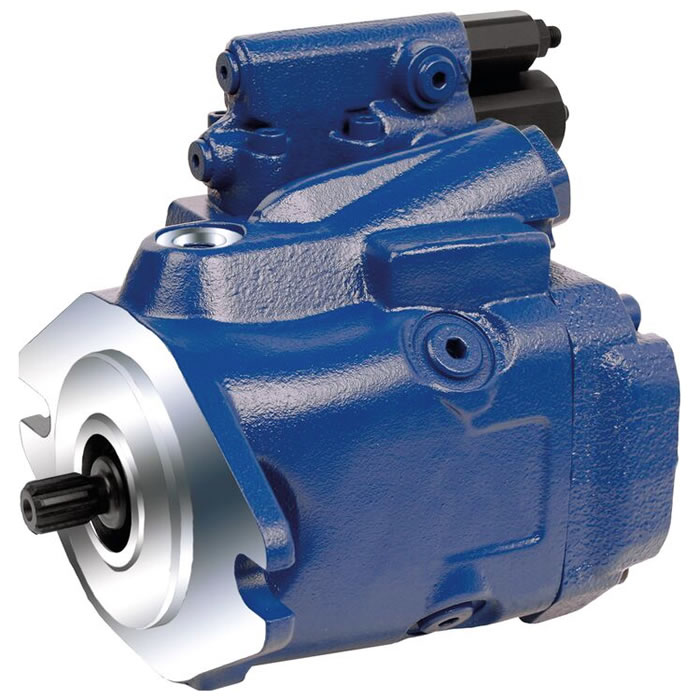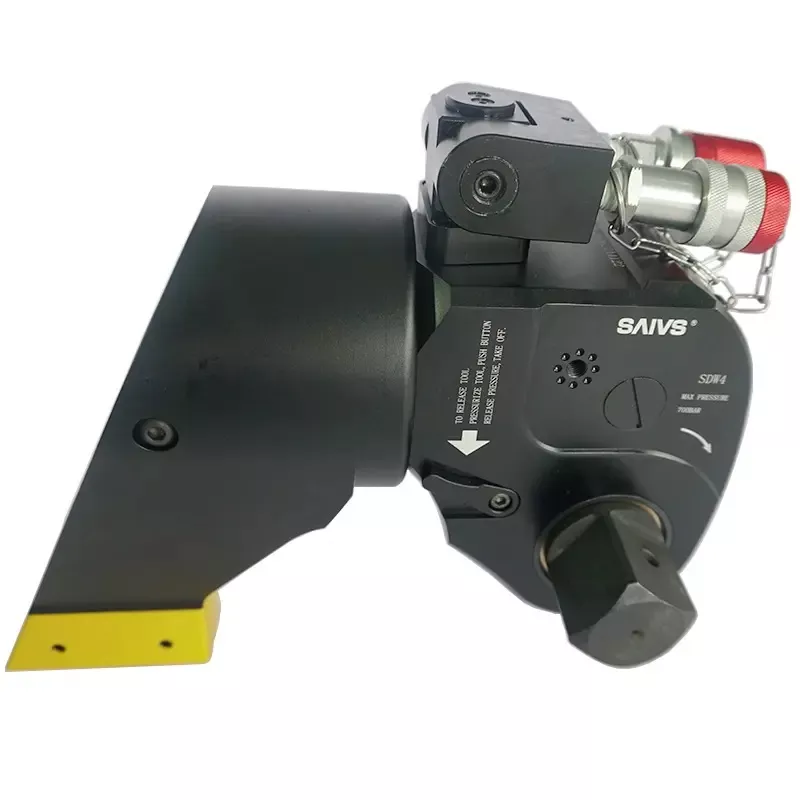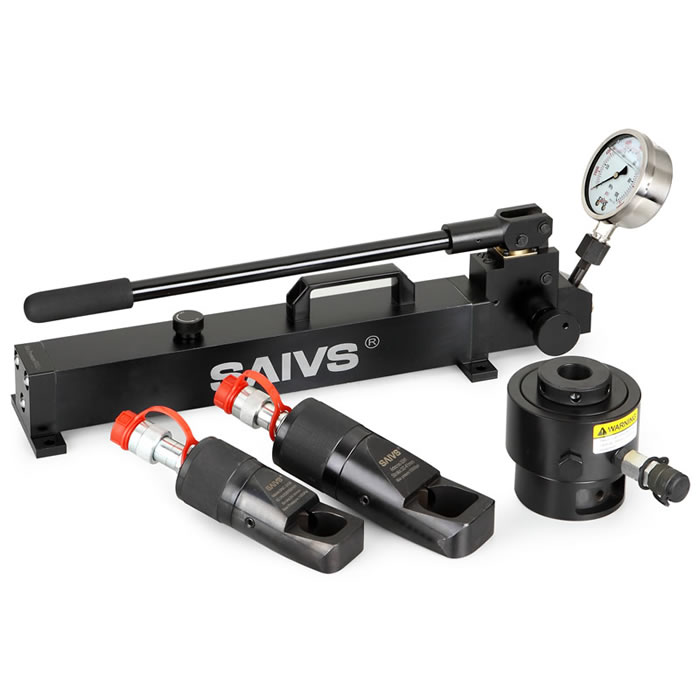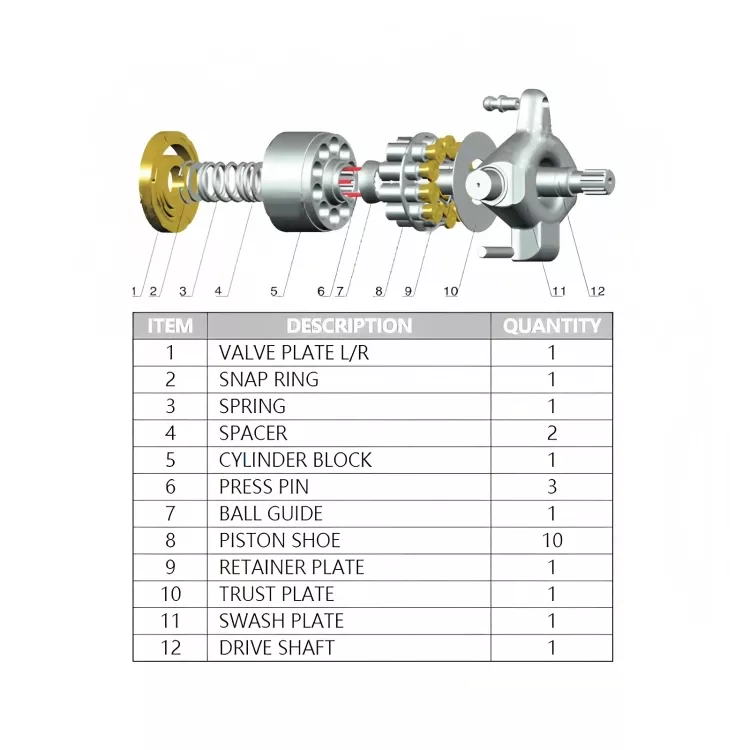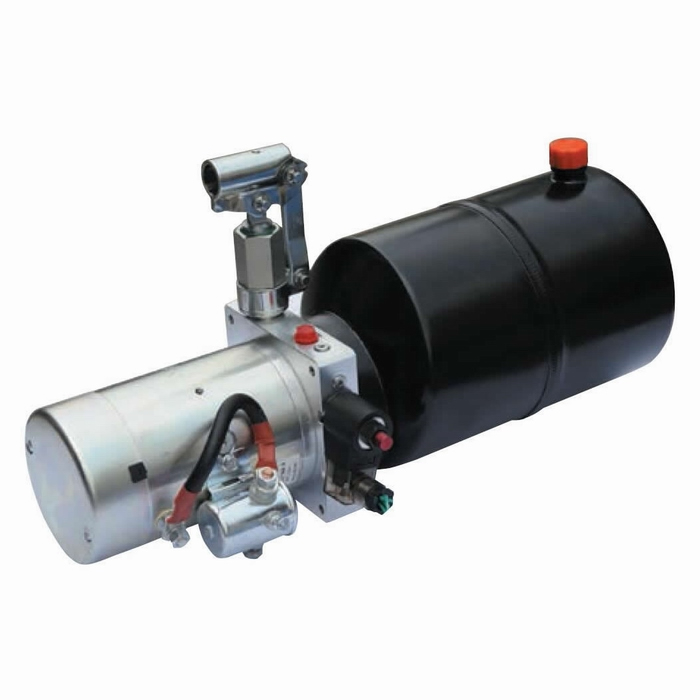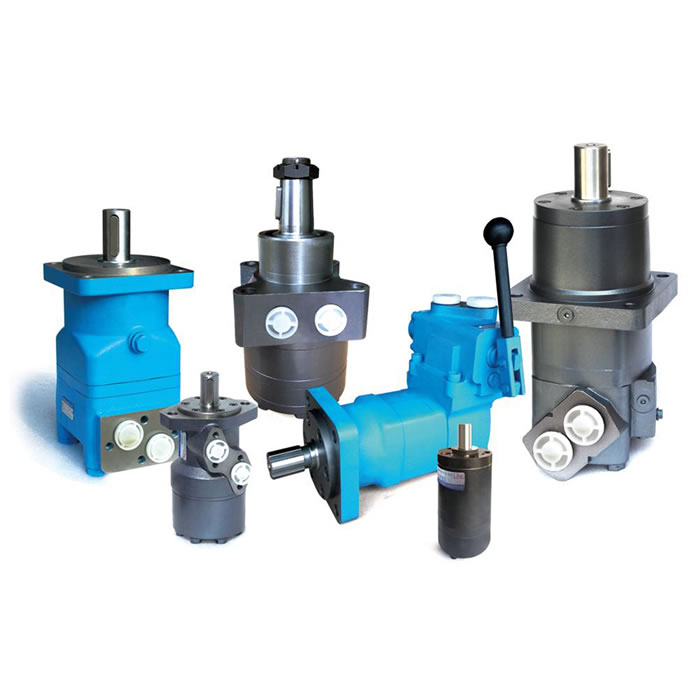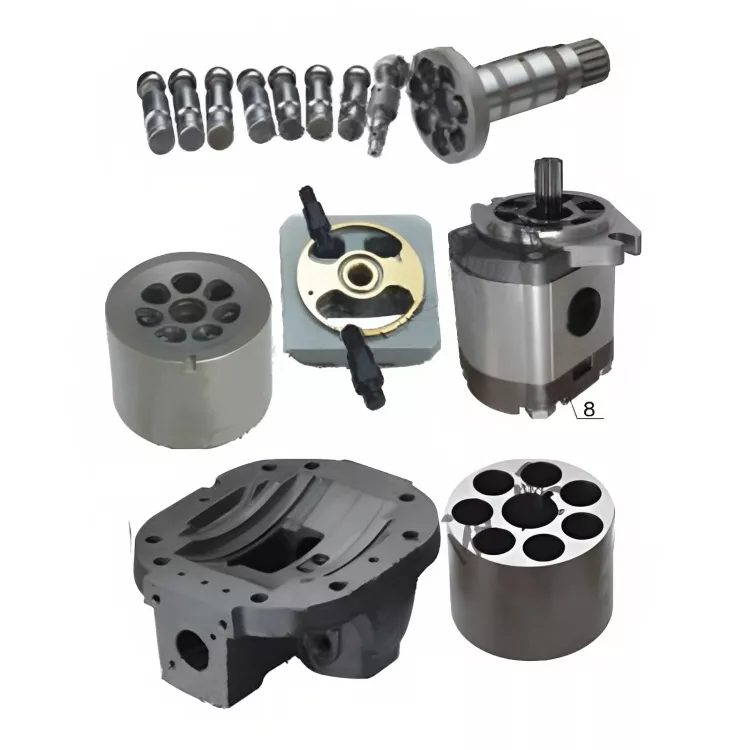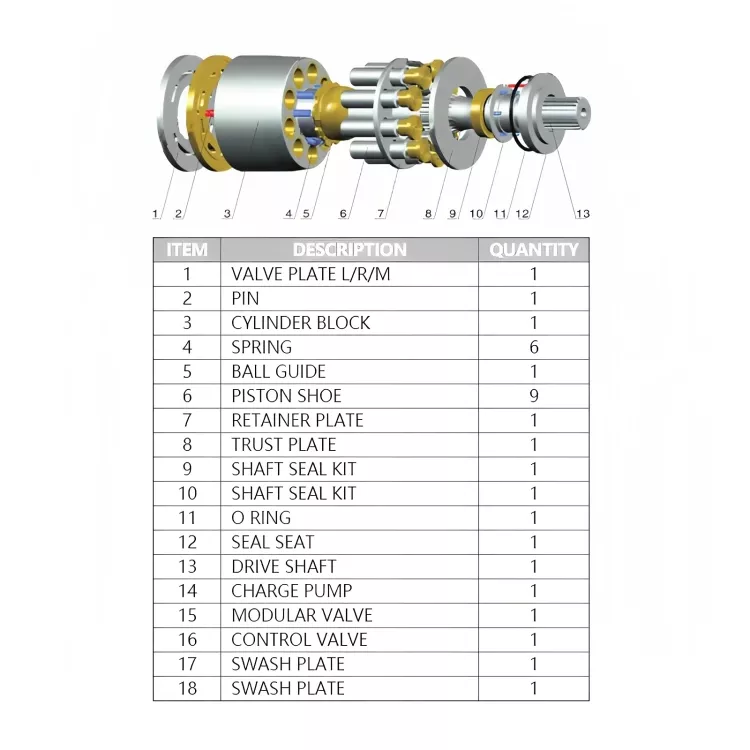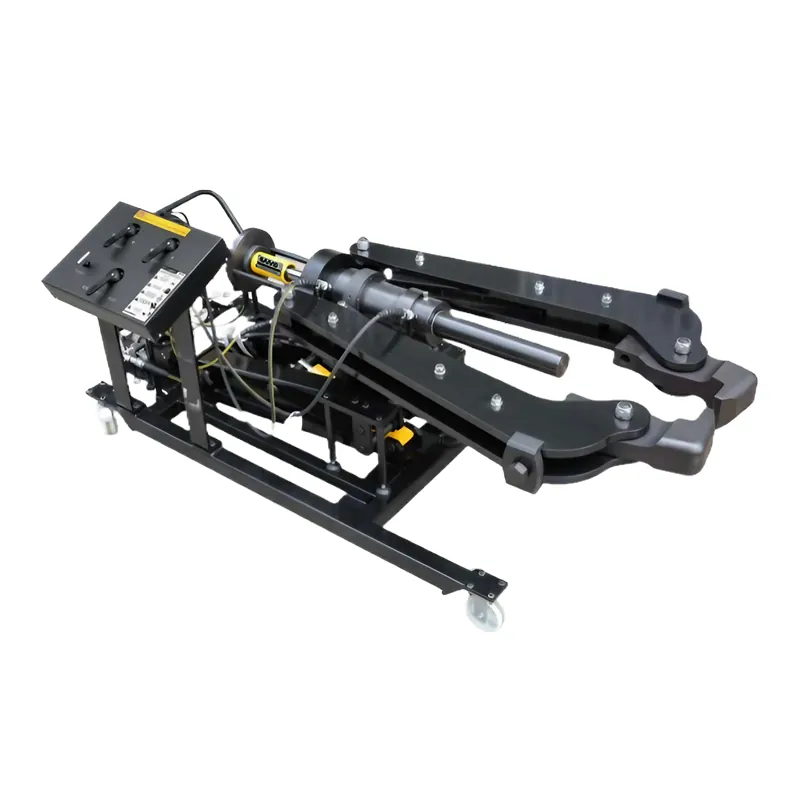Role of the Ventilation Hole in the Cylinder
The ventilation hole in a cylinder plays a crucial role in ensuring the smooth and efficient operation of Hydraulic Systems. It serves as a critical component that addresses various issues that could arise without its presence.
1. Air Bleeding and Venting
A primary function of the ventilation hole is to facilitate the bleeding of air from the cylinder during the initial filling process. Air trapped within the cylinder can cause spongy or erratic operation, hindering the cylinder's ability to exert its full force. The ventilation hole allows air to escape, ensuring that the cylinder is filled with hydraulic fluid, maximizing its power and responsiveness.
2. Pressure Relief
The ventilation hole also serves as a pressure relief mechanism, preventing excessive pressure buildup within the cylinder. During operation, pressure fluctuations can occur due to sudden changes in load or movement. The ventilation hole allows excess pressure to escape, safeguarding the cylinder's structural integrity and preventing damage to seals and other components.
3. Prevention of Cavitation
Cavitation is a phenomenon that occurs when the pressure within a hydraulic system drops below the vapor pressure of the fluid, causing the fluid to vaporize. The formation of vapor bubbles can lead to noise, reduced efficiency, and even damage to components. The ventilation hole acts as a vacuum relief valve, allowing air to enter the cylinder when the pressure drops, preventing cavitation and maintaining system stability.
4. Improved Lubrication
The ventilation hole contributes to improved lubrication of the cylinder's internal components. As the piston extends and retracts, the ventilation hole allows a small amount of fluid to escape and re-enter the cylinder, carrying with it fresh lubricant. This continuous circulation of fluid ensures that the moving parts are adequately lubricated, reducing friction and wear, and extending the cylinder's lifespan.
5. Enhanced System Efficiency
Overall, the ventilation hole plays a significant role in enhancing the overall efficiency of the hydraulic system. By addressing issues like air bleeding, pressure relief, cavitation prevention, and improved lubrication, the ventilation hole contributes to smoother operation, reduced energy consumption, and minimized downtime.
In conclusion, the ventilation hole in a cylinder is an essential component that plays a multifaceted role in ensuring the optimal performance and longevity of hydraulic systems. Its ability to bleed air, relieve pressure, prevent cavitation, enhance lubrication, and improve system efficiency makes it an indispensable element in various hydraulic applications.

